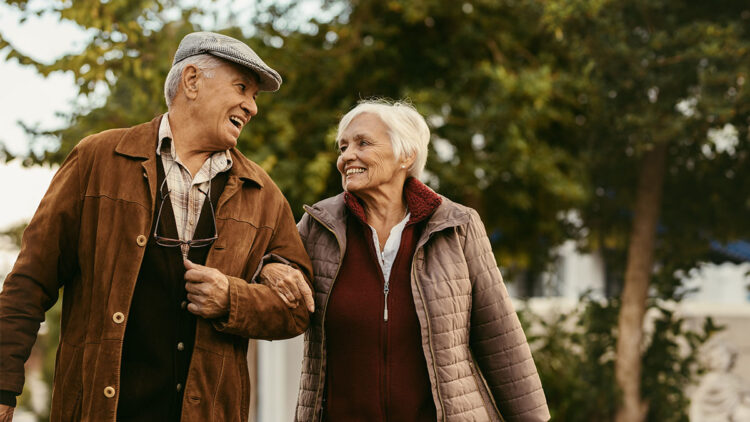Aging seems to be on hold in some places on Earth. And these world’s longest-living communities are known as “Blue Zones,” which include the Nicoya Peninsula in Costa Rica, Sardinia in Italy, Ikaria in Greece, Okinawa in Japan, and Loma Linda in California.
People there usually live longer (longevity) and have better general health. But how is this possible? After studying their routines, Tim Crowe, a nutrition specialist at Deakin University, discovered that little decisions made every day can make an impact.
A plant-based diet, mindful eating, organic movement, and close friendships. All of this combined promotes mental well-being, healthy aging, and healthy lifestyle. Walks are a natural part of life, meals are simple and locally produced, and socializing is the lifeblood of the day.
This lifestyle doesn’t give you immortality but it offers a practical way to feeling better, staying active for longer, and enjoying life for a longer time with those you care about.
What do the longest-living communities have in common?
The diet in the Blue Zones is mostly plant-based, including whole grains, legumes, fruits, vegetables, and nuts. Meat is not consumed that much, very rarely and in tiny amounts. People cook what is in season and close by instead of looking for “miracle” foods. That provides vital nutrients and fiber naturally without adding extra calories. Stopping eating just before feeling full is another common practice that helps avoid overeating.
They’re always moving. But not in gyms or rigorous exercise regimens, that’s actually not necessary on the Blue Zones. People climb hills, care gardens, cook from scratch, keep their homes, and walk to see friends. Exercise doesn’t feel like homework thanks to these daily chores that build strong muscles and joints.
Social bonds are very strong and just as important. Neighbors know each other by name, families often live close, and community life is very active. This type of relationships reduce stress and help mental health. Social interaction keep the brain and body, and therefore: longevity.
How to implement Blue Zone practices in everyday life
First, start with your plate; Make plant-based foods your first choice most of the time. Base meals on whole grains, legumes, vegetables, and nuts; if you want meat, have it, but as a small side dish. Try to keep dishes local, seasonal, and simple to prepare. Then, you can incorporate organic movements like walking to run errands, using the stairs, or helping in the garden. What you need is consistency, not perfection.
Give your social time some extra care and love. Send a friend a text to go out or for a walk, give your grandmother a call, or have a family dinner where nobody touches their phones. Genuine communication improves mental health and lowers stress. Eat mindfully as well: take your time, pay attention to when you’re full, and stop eating before you feel weighed down. With time, that one habit can have a significant impact on the rest of your live.
Keep a healthy and positive atmosphere. Leave sweets out of sight, eat more nuts and have fruit on the counter. Keep cozy walking shoes close to the entrance. Include easy “movement moments” in your day, like a brief walk after meals, a quick stretch after studying, or a few minutes of light bodyweight exercises.
Small steps, big results
Extreme habits or diets are not necessary. The simple choices made over years, and that is what matters because it will give you consistent energy, a happier mind, and healthy aging, as Tim Crowe and other academics have noted.
Any tiny change will eventually build longevity and a healthier, happier, and more quiet way of living.

